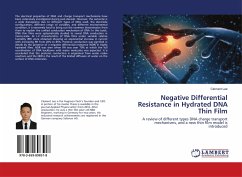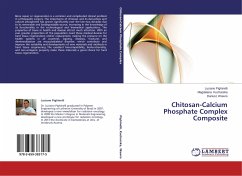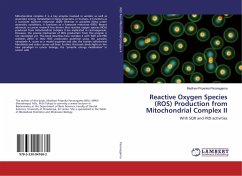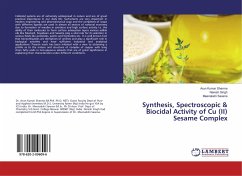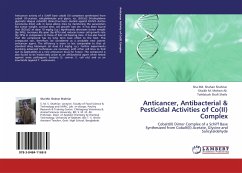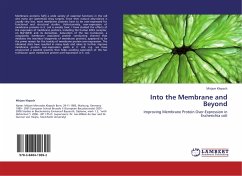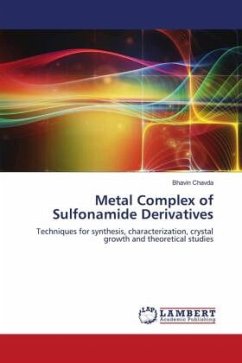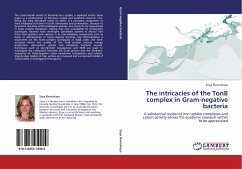
The intricacies of the TonB complex in Gram-negative bacteria
A substantial review of iron uptake complexes and colicin activity allows the academic research within to be appreciated
Versandkostenfrei!
Versandfertig in 6-10 Tagen
52,99 €
inkl. MwSt.

PAYBACK Punkte
26 °P sammeln!
The controversial world of bacterial iron uptake is explored within these pages as a combination of literature review and academic research. Iron, being the most abundant metal on earth, is a necessary component of most biological functions in both eukaryotes and prokaryotes. Because of its potent reactivity within biological systems, iron tends to be sequestered in large protein complexes, making free iron unavailable for prokaryotic scavengers. Bacteria have developed specialized systems to extract iron from host proteins and capture it in iron-chelating compounds such as heme or siderophore...
The controversial world of bacterial iron uptake is explored within these pages as a combination of literature review and academic research. Iron, being the most abundant metal on earth, is a necessary component of most biological functions in both eukaryotes and prokaryotes. Because of its potent reactivity within biological systems, iron tends to be sequestered in large protein complexes, making free iron unavailable for prokaryotic scavengers. Bacteria have developed specialized systems to extract iron from host proteins and capture it in iron-chelating compounds such as heme or siderophores. In Gram-negative bacteria, iron internalization is dependent on the TonB complex (composed of ExbB, ExbD and TonB proteins) where the activity of the TonB protein ensures energy production, siderophore uptake and ultimately, bacterial survival. Techniques such as site-directed mutagenesis and NMR are used to investigate the interaction between the TonB protein and the TonB-box sequences of Gram-negative outer membrane transporters and colicins. Step-by-step models of iron uptake are reviewed and a proposed model of TonB activity is investigated throughout.



